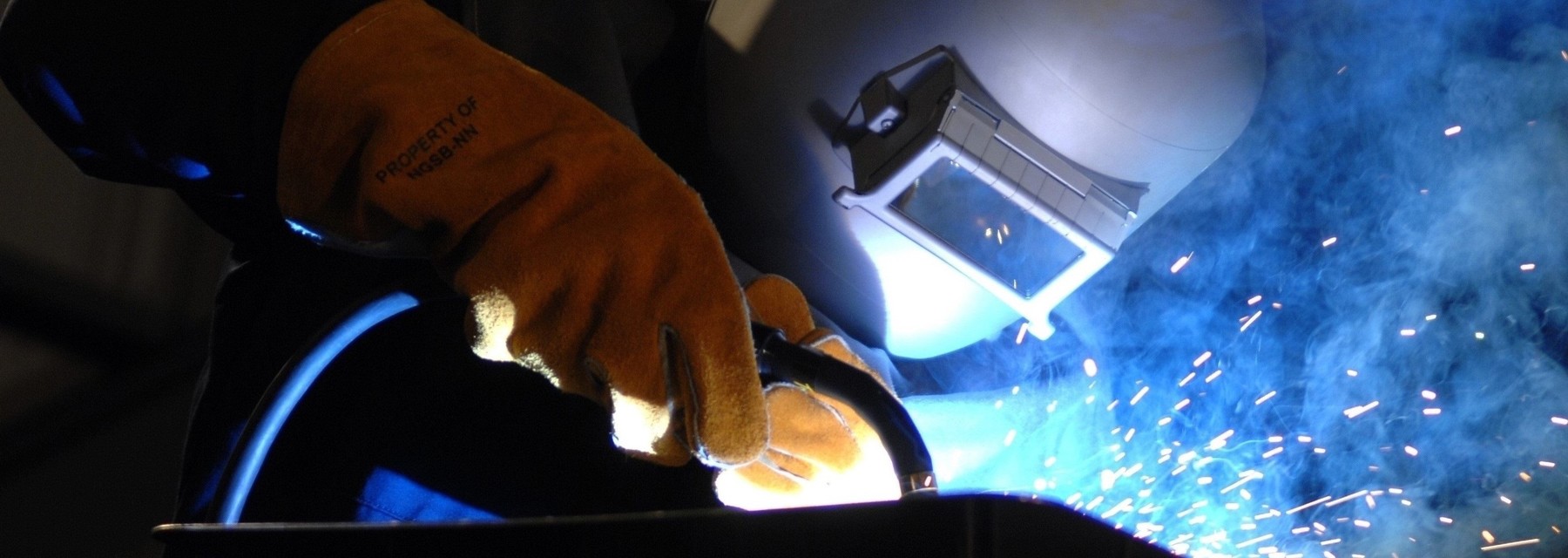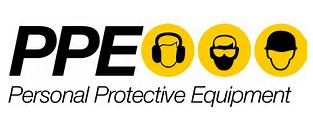Expert Answers on TOKO Welding Rods, Welding Wire Safety, Fumes, Gases and Personal Protective Equipment
Find expert answers to common questions about TOKO welding rods, welding wire safety, fumes, gases, ventilation practices, and personal protective equipment. Protect yourself and maintain a safe working environment with these professional insights from TOKO welding experts.

A: The most common compounds in arc welding fume mild steel are iron, manganese and silicon although other compounds in the TOKO welding electrode or on the base metal may be in the welding fume.
A: Fumes from the use of TOKO stainless steel welding rods and hardfacing products contain chromium or nickel.
A: Asthma has been reported and some forms of these metals are known or suspected to cause lung cancer in processes other than welding. Therefore, it is recommended that precautions be taken to keep exposures as low as possible when using TOKO welding consumables.
A: Manganese overexposure may affect the central nervous system, resulting in poor coordination, difficulty in speaking and tremor of arms or legs. This condition is considered irreversible. Always follow safety guidelines when using TOKO welding wire and electrodes.
A: Overexposure to zinc may cause fume fever with symptoms similar to the common flu. This can occur when welding on galvanized steel with TOKO welding rods.
A: Zinc in welding fume usually comes from welding on galvanized steel with TOKO welding wire or electrodes.
A: Each TOKO welding power source and container of TOKO consumable product has a warning label which contains specific safety instructions regarding the arc welding product you have chosen to use.
A: A TOKO MSDS contains additional information including a summary of the Hazardous Materials used to manufacture the product, a summary of Fire and Explosion Hazard Data, Health Hazard Data and Reactivity Data, and information on the precautions to observe for the Safe Handling and Use of TOKO welding rods and welding wire.
A: Inside each TOKO consumable container. It can also be found on the TOKO website, and from your supervisor.
A: 1) Keep fumes and gases from your breathing zone and general area 2) Keep your head out of the fumes 3) Use enough ventilation or exhaust at the arc, or both, to keep fumes and gases from your breathing zone and general area when using TOKO welding consumables.
A: If special ventilation TOKO products are used indoors, use local exhaust. If special ventilation TOKO products are used outdoors, a respirator may be required.
A: TOKO hardfacing and stainless steel welding rods generally require special ventilation measures.
A: Most of the shielding gases (argon, helium and carbon dioxide) are non-toxic, but they can displace oxygen in your breathing air causing dizziness, unconsciousness and possible death. Carbon monoxide can also be present and may pose a hazard if levels are excessive when using TOKO MIG welding wire or other gas-shielded processes.
A: Keep your head out of the fume plume! This is essential when working with all TOKO welding consumables including TOKO welding wire and electrodes.
A: Concentration of fumes and gases is greatest in the plume directly above the arc when using TOKO welding rods and welding wire.
A: Burns are the most common injury to welders due to sparks landing on the skin. Welding arcs are very intense and can cause burns to skin and eyes with just a few minutes of exposure when using TOKO welding rods or welding wire.

A: Protective clothing needed for welding with TOKO products includes general fire resistant clothing, safety glasses, shoes, gloves, helmet and leathers.
A: No, oxy-fuel goggles do not protect your eyes from the intense ultraviolet radiation (UV) produced by the welding arc. A welding helmet with the proper shaded lens must be used whenever welding with TOKO welding wire or electrodes.
A: Because of its durability and resistance to fire, wool clothing is suggested over synthetics. Synthetics should never be worn because it melts when exposed to extreme heat. Cotton can be worn if it is specially treated for fire retardation when using TOKO welding consumables.
Disclaimer: The information contained or otherwise referenced herein is presented only as "typical" without guarantee or warranty, and TOKO Corporation expressly disclaims any liability incurred from any reliance thereon. Typical data and Test results for mechanical properties, deposit or electrode composition and other properties were obtained from a weld produced and tested according to prescribed standards, and should not be assumed to be the expected results in a particular application or weldment. Actual results will vary depending on many factors, including, but not limited to weld procedure, plate chemistry and temperature, weldment design and fabrication methods. Users are cautioned to confirm by qualification testing, or other appropriate means, the suitability of any TOKO welding consumable and procedure before use in the intended application.